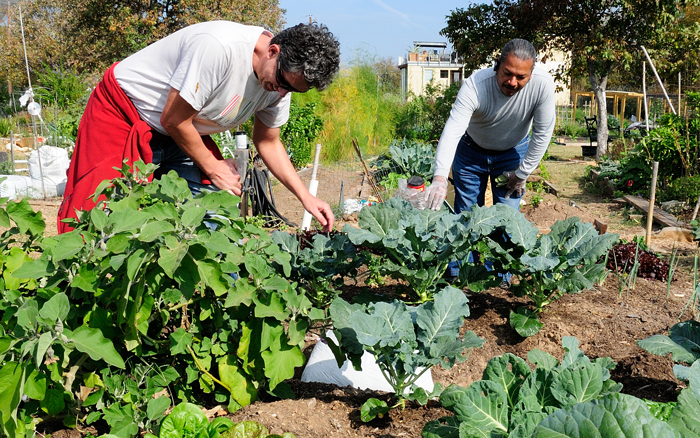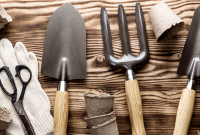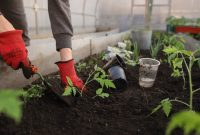get started
In the world of gardening, fall planting is a secret gem. As temperatures drop and the leaves begin to change, smart farmers know this is a good time to grow a healthy, productive garden. We’ll cover everything you need to know to plan your fall garden like a pro, from choosing plants to using eco-friendly methods.
How to choose the right plants
Choose hardy plants
When planning your fall garden, it is important to choose plants that can tolerate cooler weather. You should choose hardy vegetables such as kale, Brussels sprouts and carrots. They not only survive, but grow better as the weather gets cooler.
Take the weather in the area into account
To garden successfully in the fall, you need to know the weather where you live. Learn about the best plants to grow near you in the fall. Nurseries and plant experts in your area can provide you with helpful advice specific to your region.
Observe different flowers and vegetables
Try planting different types of vegetables and flowers in your garden in autumn to make it more interesting. Don’t just plant the well-known varieties; try some of the lesser known varieties that perform well in the fall. This not only makes your garden look better, but also helps keep the ecosystem healthy.
It’s all about timing.
How to Know the Fall Planting Window
When planning your fall garden, timing is important. Find the typical start date for the first frost in your region. Determine the best time to plant vegetables by working backwards and making sure they are ready before frost.
Develop a planting plan
A well-thought-out planting procedure will help you grow successfully in the fall. When breaking down the process into the parts you can handle, consider factors such as germination time and growth rate. This planned approach ensures a consistent harvest throughout the season.
Prepare the soil
Look how good the dirt is
Check the health of the soil before growing. Test the soil to find out the pH level and mineral content. Based on the data, make any necessary changes to give your plants the best starting point for growth.
Throw in organic stuff
Add organic matter to the soil to make it stronger and more fertile. Good options are compost, decomposed manure and ground covers. This not only makes dirt better, but also helps the environment beneath the surface to grow.
How to use mulch in the fall
Mulching changes everything about fall planting. Applying mulch around your plants will help keep the soil at the right temperature, keep insects out, and keep the soil moist. This simple step will help keep your garden healthy and useful.
Garden planning and design
Make the most of your space for fall crops
Fall fields often take up the same space as summer crops. Plan how you will arrange your garden so that you can make the most of the space you have. To make the most of your space and produce more produce, consider vertical farming or raised beds.
peer growth strategy
If you plant companion plants in smart ways, your fall garden will be healthier overall. Growing food repels pests, makes the land more fertile and makes optimal use of space. View partners’ planting plans or talk to gardeners who have been gardening for a while.
Eliminate pests and keep people healthy
How to identify common pests in the fall garden
New bugs will appear in the fall. Watch out for aphids, webworms and spider mites. Check your plants regularly and act quickly if you notice any signs of infection.
Control pests using natural methods
Do not use harsh poisons in your garden in the fall. Embrace natural methods of getting rid of pests, such as using neem oil or introducing beneficial insects like ladybugs. These options are a great way to get rid of pests without disrupting your garden’s ecosystem.
How to Prevent Fall Plant Disease
Fall planting precautions are intended to prevent the spread of disease. Keeping items a good distance apart, having good air circulation, and staying clean can reduce the risk of illness. If possible, choose plant varieties that are not susceptible to disease.
How to water
Change the frequency of watering in the fall
Autumn weather is not always reliable, which can change the amount of water on land. Vary water frequency based on weather and plant needs. Don’t use too much water, because too





